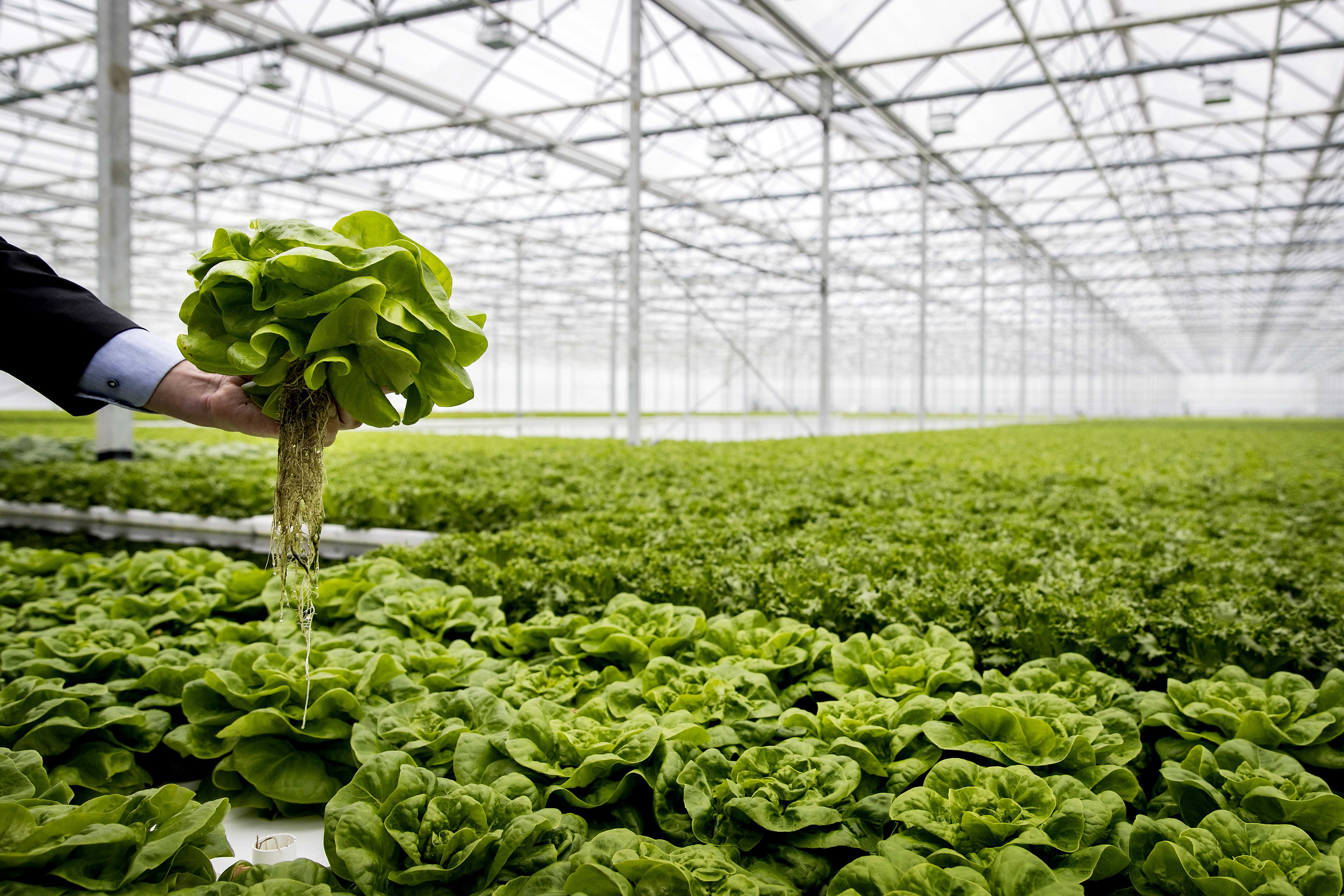Scientists Are Genetically Engineering Plants to Fight Climate Change

Credit to Author: Madeleine Gregory| Date: Fri, 12 Jul 2019 16:24:42 +0000
Scientists have figured out how to genetically engineer plants to grow deeper roots, potentially improving carbon storage, drought resistance, and flood protection.
This research comes as part of the Salk Institute’s Harnessing Plants Initiative, which seeks to use plants to capture carbon from the atmosphere and store it in the ground.
When a plant grows a deeper root system, it helps store carbon deeper underground in more stable soil. Controlling how a plant’s roots grow, though, is not as easy as it sounds. Scientists have long known that the plant hormone auxin is responsible for root growth, but didn’t know exactly how it affected the shape of the root system. The research, published today in Cell, used the model plant thale cress (Arabidopsis) to identify a specific gene—EXOCYST70A3—that controls the way roots grow by altering how much auxin gets to the root tip. This gene, or highly similar ones, is present in all plants, opening doors for researchers to engineer nearly any plant to grow deeper roots.
How do you test what a gene does? You turn it off. Roots naturally grow in many directions, but they often course-correct to point downwards. Researchers identified EXOCYST70A3 as a possible gene for directing root growth, but looked at what happened when it wasn’t working. When they turned off EXOCYST70A3, roots grew more laterally, leading to a much shallower root system. By amplifying the gene, though, they made the roots grow deeper.
When plants grow roots, they’re storing carbon in complex carbohydrates that aren’t easily broken down by soil microbes, a process which sends carbon back into the atmosphere. The Harnessing Plants Initiative is working to ensure that plants store more carbon in the molecule suberin, which is basically cork. Suberin is found in plant roots, and seems pretty resistant to decomposition. Growing deep roots also means that there’s less of a chance that carbon makes it back into the atmosphere.
“The idea is not to store more carbon but to store carbon in parts of the soil where the carbon is more stable,” lead author Wolfgang Busch said. “Change the biochemistry, increase the stability.”
The researchers anticipate this technique being particularly useful for crops. Many crops (think corn) are much bigger than thale cress, and can grow deep root systems. Because they’re planted widely anyway, they’re an ideal application for this kind of gene-editing, Busch said.
Deeper root systems have other benefits, too. Because thale cress is so small and usually doesn’t have extensive root systems, shallow roots proved better for its drought resistance. In most plants, though, deeper root systems can help a plant survive on less water. While the sun may dry out topsoil, deep roots can reach water deposits farther underground. More carbon in the soil, provided by these root systems, can also help increase water content in the soil, Bosch said. This can also provide stability to the soil, protecting against erosion from flooding.
So, not only can plants help slow climate change, they might be able to start protecting themselves against some of the extreme weather events that climate change causes. The researchers plan to test this new gene editing technique on other plants, soon, hoping to help more plants better capture and store carbon.
This article originally appeared on VICE US.